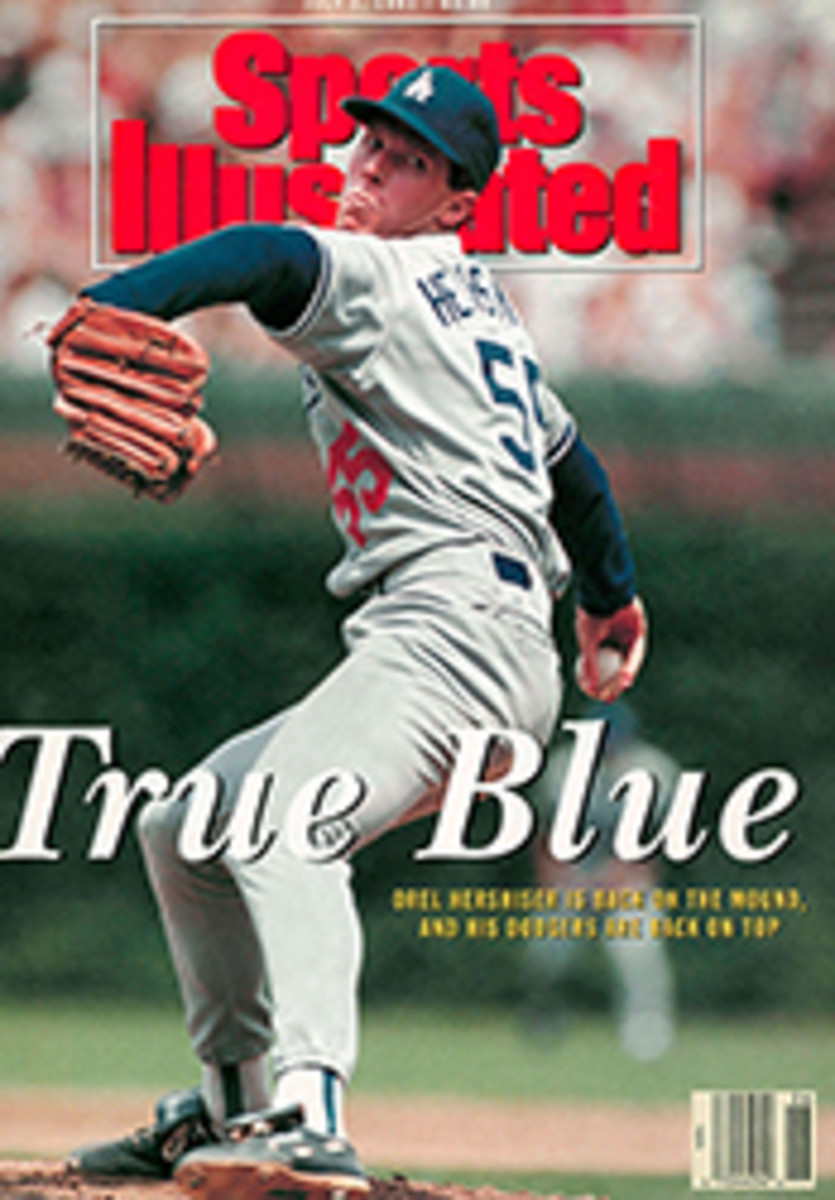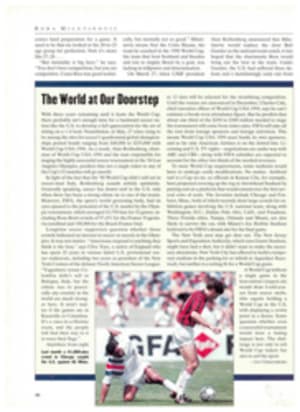
The Year of the Streak and .406
Robert W. Creamer concedes in his enchanting new book, Baseball in '41 (Viking, $19.95), that for younger Americans the year 1941 means a date, Dec. 7, and a place, Pearl Harbor. And yet, those who were actually around 50 years ago understand, as Creamer does, that "for 11 of the year's 12 months, or for all but 25 days of 1941, most Americans my age had never heard of Pearl Harbor.... For me and my generation 1941 was not a year of Pearl Harbor and war but of peace, the last year of peace, a shaky, fraying, disintegrating peace, but nonetheless peace." Creamer, for 30 years a SPORTS ILLUSTRATED writer and editor, does not ignore larger events in this lively account of "the best baseball season ever"; the principal actors in the ongoing world drama share time on his capacious stage not only with the stars of the diamond but also with, in a charming walk-on part, the author himself as an impressionable young man.
This is, by far, the most ambitious of Creamer's baseball books, surpassing in range and scope his acclaimed biographies of Babe Ruth and Casey Stengel. And he brings it off with disarming insouciance, dismissing on one page the globe-encompassing British Empire as "hot stuff" and advising on another page that "communism in America never had the appeal that socialism did." Creamer protests vigorously that he is not writing "social history," but I don't know what else you would call it.
Make no mistake, though, this is a baseball book. And the 1941 season could well have been, as he insists, the best ever. This was the year of Joe DiMaggio's 56-game hitting streak (Creamer turned 19 the day of the 54th game) and of Ted Williams's hitting .406. It was also the year the once-comical Brooklyn Dodgers won their first pennant in 21 years and soon became something of a national institution. "In time," writes Creamer, "just about every war movie had 'a kid from Brooklyn' in it." Lefty Grove won his 300th and last game in 1941, and Lou Gehrig died that year of the disease that would take his name. Hank Greenberg became the first major league star to be drafted by the Army, early that season, a then-controversial peacetime induction that all but terminated a fabulous career. In the four full seasons before he went into the Army, Greenberg had averaged 43 home runs and 148 RBIs a year; he played only 2½ more seasons after the war. Bob Feller, who enlisted after the '41 season, was then 22 and at his fire-balling peak, winning 25 games, a third of the Cleveland Indians' total, and leading the American League in strikeouts for the fourth consecutive year.
It was a year of emerging stars. Stan Musial joined the Cardinals in September. And Pistol Pete Reiser, playing his first full season for the Dodgers, led the league in hitting with a .343 average and convinced his manager, Leo Durocher, that for one season at least, he was "every bit as good" as a later Durocher star, Willie Mays. Reiser's career was cut short by a series of beanings and wall crashings, several of them in 1941 alone, and he never achieved Maysian heights again. In '41, though, the Reiser-led Dodgers slipped past the Cardinals on the last weekend of the season to win the pennant, only to lose to the Yankees in a World Series made famous by Brooklyn catcher Mickey Owen's dropped third strike.
Much of Creamer's narrative is taken up with DiMaggio's dramatic streak and with Williams's seasonlong excellence, but, thank heaven, the author finds plenty of space to describe the wild goings-on in Flatbush, where Durocher and his irrepressible boss, Larry MacPhail, were rousing the natives. MacPhail, bibulous, brilliant, innovative and unpredictable, spent money, not his own, to bring in the players—Joe Medwick, Dolph Camilli, Billy Herman—who would that season render the Brooklyn theme, "Wait till next year," obsolete.
To such characters and to the exciting events of that unforgettable year, Creamer brings his own keen perceptions. Reflecting on the day DiMaggio's streak finally ended, he writes, "I used to wonder why there were so many saints in the Christian hagiology.... But in our own secular times Western civilization, proud of its pragmatic Enlightenment, has created its own saints.... In baseball DiMaggio is surely a saint, and his downfall, his martyrdom, so to speak...fascinates modern America as much as Joan being burned at the stake fascinated medieval Europe. They both behaved so well."
This is a baseball book, but whether Creamer intended it or not, it's much, much more.
ILLUSTRATION
GARY TANHAUSER

